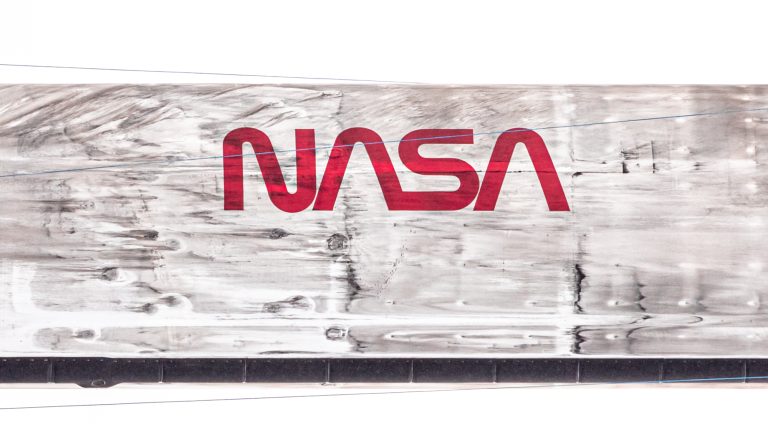The recently announced "OLED model" of the Nintendo Switch will retail for $50 more than the $300 standard model when the upgrade goes on sale on October 1. But the new model is estimated to cost Nintendo only about $10 more to produce, increasing the company's profit margins on the high end of its still-hot gaming hardware.
That cost estimate comes from Bloomberg News' Takashi Mochizuki, who breaks down the estimated production cost increase like this:
- 7-inch Samsung OLED screen: $3 to $5 more per unit (according to Yoshio Tamura, co-founder of industry research firm DSCC)
- 32GB of additional internal storage: $3.50 per unit (according to Omdia’s Akira Minamikawa)
- New dock w/ LAN port and other improvements: "a few dollars more" per unit
Loss leaders and profit centers
Historically, many console-makers have sold their hardware at cost or at a loss in order to attract a bigger audience of potential customers for software (and the console-maker licensing fees that come with it). But while Nintendo initially sold the Wii U at a loss, it has made a profit on every Switch hardware sale since its launch, with estimates at the time suggesting that the $300 system cost about $260 to produce (per unit) in 2017.
Nintendo's production costs have likely only decreased in the years since, though that trend may have reversed in recent months due to the worldwide semiconductor shortage. In any case, the MSRP of standard Switch hardware hasn't budged in the more than four years that the console has been on the market.
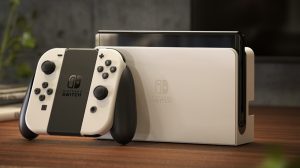
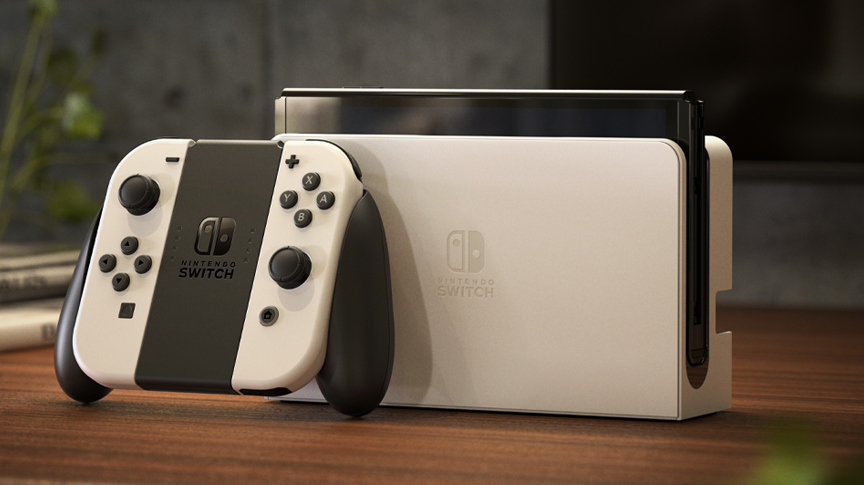
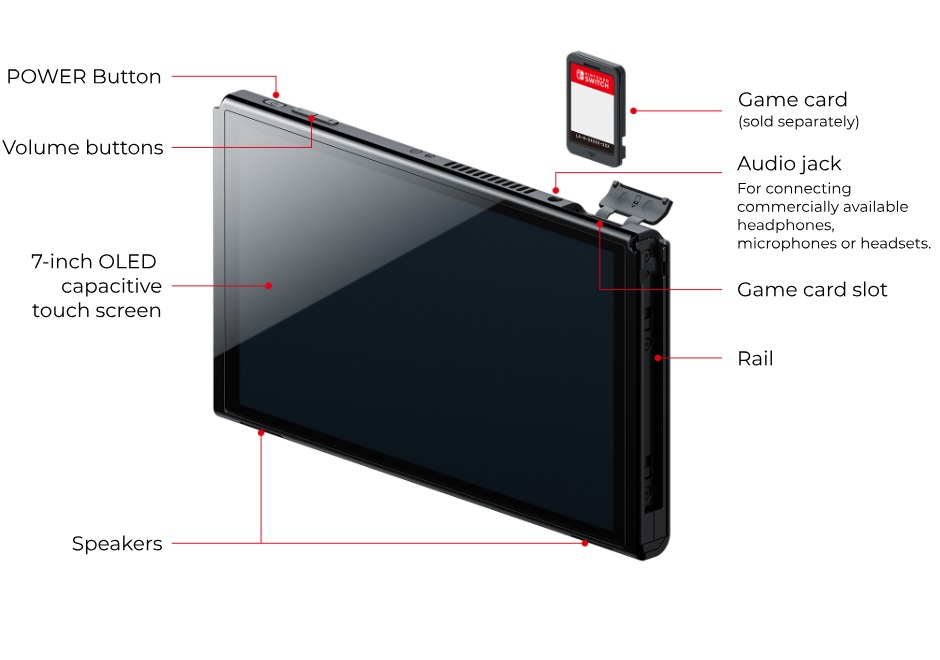
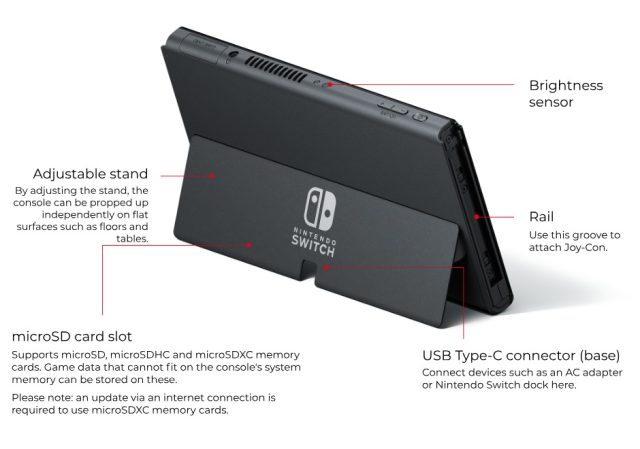
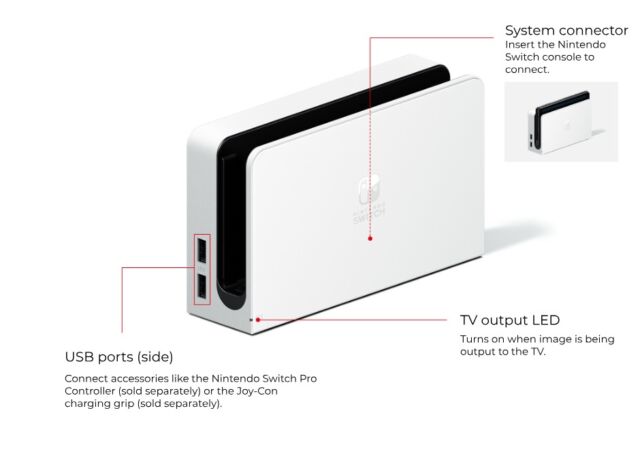
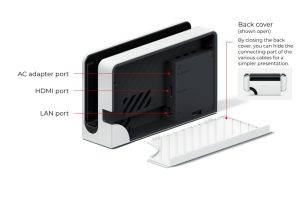
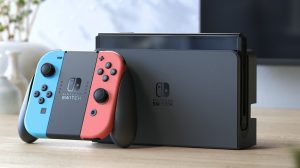

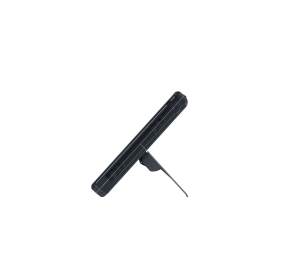
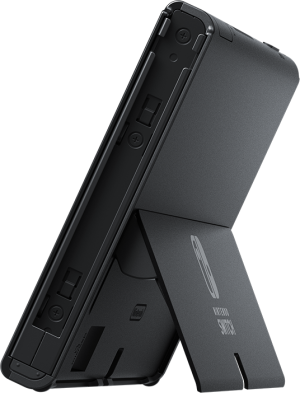



 Loading comments...
Loading comments...
